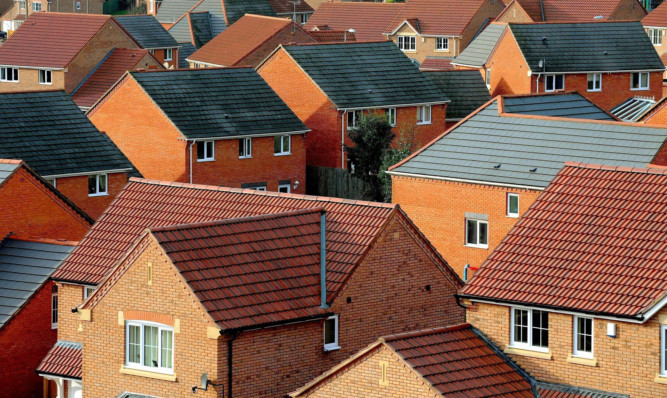Purchasing a property is a more desirable move than renting for first-time buyers who are on average £1,440 a year better off with their own home, new research has revealed.
The typical monthly buying cost, including mortgage payments, associated with a first-time buyer of a three bedroom house stood at £525 in December – £120 lower than the monthly rent of £645 paid on the same property type.
This resulted in an increase of £659 over the last year – with 2014’s figure for the saving associated with buying instead of renting being £781.
Bank of Scotland, which carried out the research, said the difference has grown as a result of average monthly rents rising by £46 compared to a £9 decrease in monthly buying costs.
It also revealed the gap between buying and renting has widened significantly over the past five years, with the annual saving almost treble the £548 recorded in 2010.
Over this period, the average rent has grown by 20% while buying costs have increased 7%.
The last time renting was the cheaper option was in 2008.
Nicola Noble, mortgage director at Bank of Scotland said: “Since 2009, average buying costs have consistently been lower than average renting costs. In the past year this gap has doubled to an annual saving of £1,440.
“Of course, it was not always like this. In 2008, buying was more expensive than renting, but record low mortgage rates, coupled with rising private rents, have made getting on the housing ladder financially more attractive for those able to raise the necessary deposit and with access to mortgage finance.
“This improvement in the costs of buying compared to renting over the past few years has helped to boost the number of first-time buyers, who now account for 46% of all home sales in 2015 – up from 35% in 2007. Official government schemes such as Help to Buy have also played a part in helping first-time buyers, as have improving economic conditions.”
The latest figures show the number of first-time buyers in Scotland is estimated to have totalled 27,900 in 2015, accounting for 46% of all house purchases made with a mortgage.
